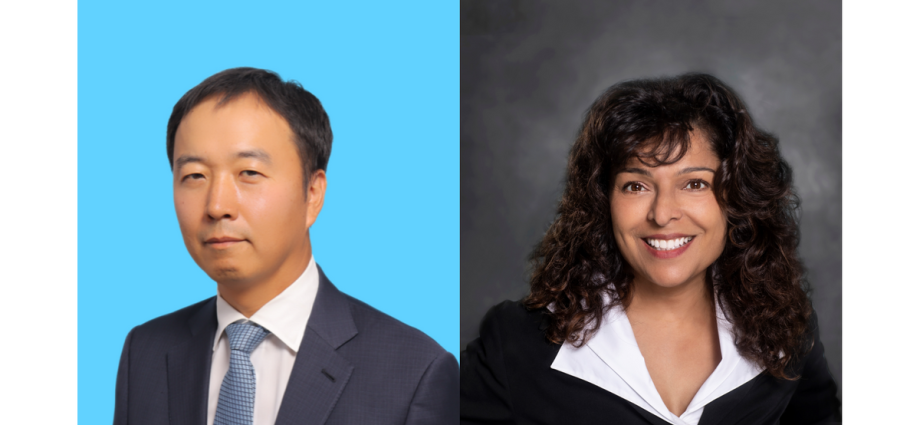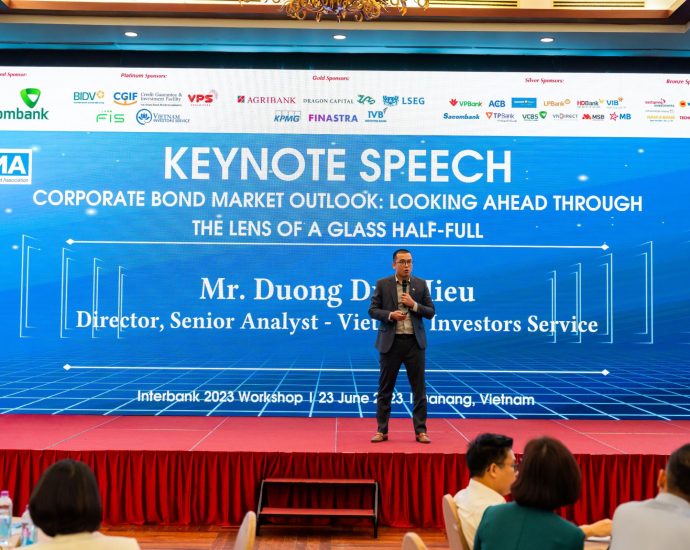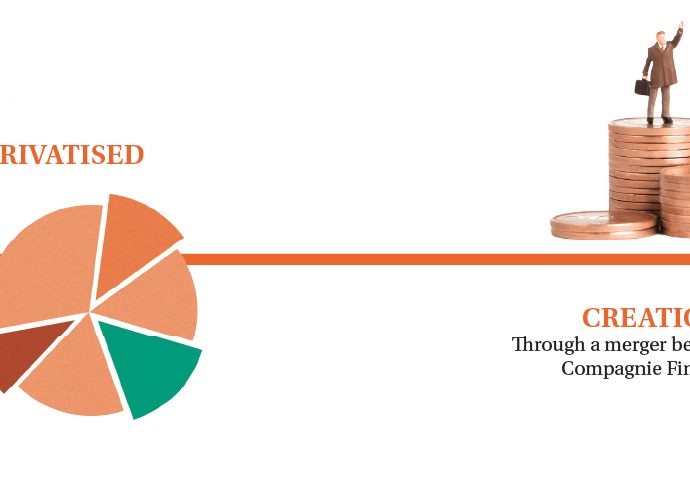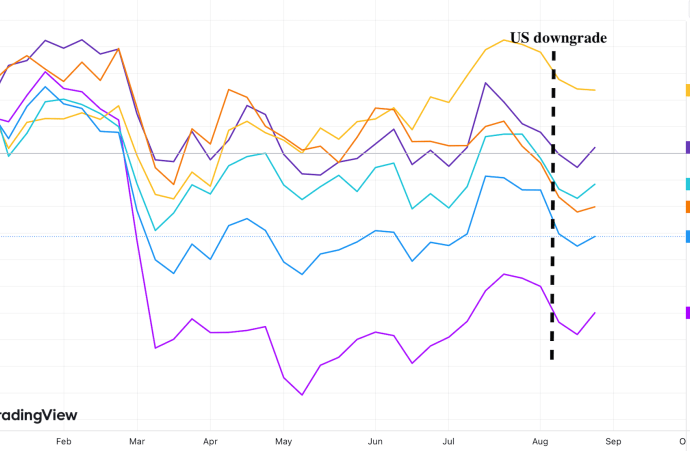MSCI makes new client coverage leadership appointments in Asia | FinanceAsia

New York-headquartered financial services provider, MSCI, announced yesterday (October 30) via media note two leadership appointments across the firm’s Asian client coverage teams.
Ryoya (Tera) Terasawa has been appointed as head of Japanese client coverage, based in Tokyo. Meanwhile, Chitra Hepburn has taken on the role of head of South and Southeast Asia client coverage, from Singapore.
Terasawa’s new role takes immediate effect and sees him report to Kazuya Nagasawa, head of Asia Pacific (Apac) client coverage. He will lead the team’s commercial activities in the Japanese market, managing key client relationships.
“Tera will lead MSCI’s go-to-market strategies, drive revenue growth across new business and renewal targets, and represent MSCI in Japan. Teras will also partner closely with key stakeholders and product management globally to deliver a cohesive, solutions-driven strategy for our clients in Japan,” a spokesperson for MSCI told FinanceAsia.
Prior to his new role, Terasawa spent over 23 years with JP Morgan, most recent serving as head of Japan sales and marketing, dealing with institutional clients. His past expertise spans areas including fixed-income derivatives sales, and equity derivatives trading and structuring.
“We will continue to strengthen commercial success in the Japan market and capitalise on accelerating growth across all client segments in Japan,” the spokesperson noted.
In Singapore, Hepburn started her new South and Southeast Asian role on October 16, also reporting to Nagasawa. The new post is an expansion of her current remit as Asia-based leader of environment, social and corporate governance (ESG) and climate client coverage.
“We are confident that under Chitra’s strategic leadership, the South and Southeast Asia region will continue to scale and achieve newer heights,” the contact said. She confirmed that Hepburn will remain responsible for MSCI’s ESG and climate business across Apac.
Hepburn joined MSCI in Singapore in 2019 to lead the firm’s regional ESG and climate business, after over two years serving as managing director with software provider, ESG Global, according to her LinkedIn profile. She has 15 years of project finance experience in investment banking, and over six years of extensive experience in China, focussing on corporate development and cleantech investments.
“I am confident that we will continue to build on our capabilities to support the huge demand from our clients in the region, as institutional investors are increasingly integrating climate transition into their mainstream investment strategies,” she told FA.
MSCI is expected to release its 2023 third quarter (Q3) earnings later today, US-time.
As of June 2023, the firm’s ESG and climate operating revenues in Q2 stood at $71.2 million globally, up 29.2% from a year ago. The growth was attributed to strong growth from recurring subscriptions related to ratings, climate and screening products. Meanwhile, MSCI’s total operating revenues in 2023 Q2 increased by 12.6% year-on-year to reach $621.2 million.
Commenting on both appointments, Nagasawa noted in the announcement: “This is an important testimony to the value we place on these Apac markets and on our growing commitment to them.”
“I am confident that their wealth of experience working across client segments and deep industry insights, will be key to ensuring we bring the best products and solutions to our established and growing client base in the region.”
¬ Haymarket Media Limited. All rights reserved.
























